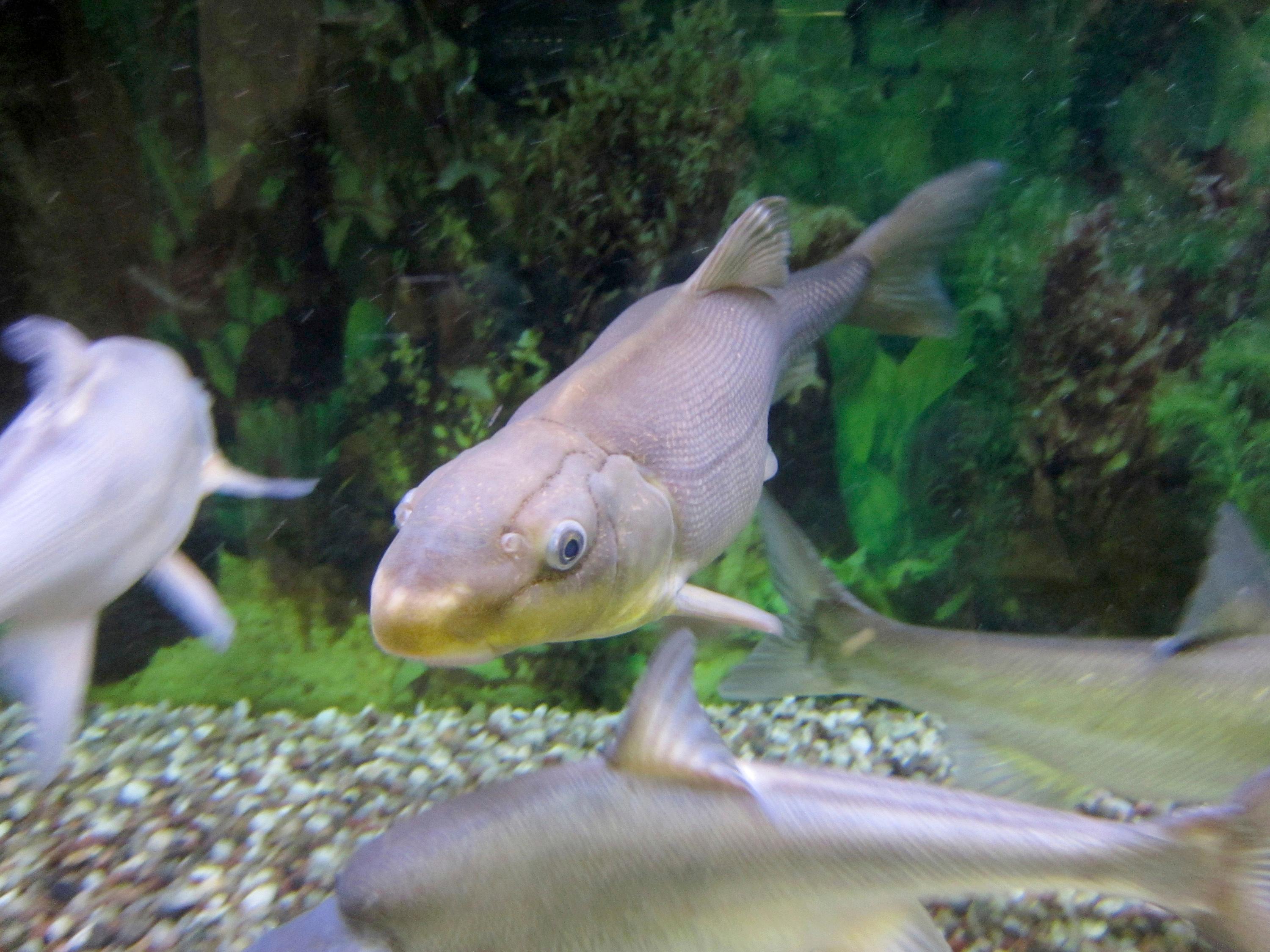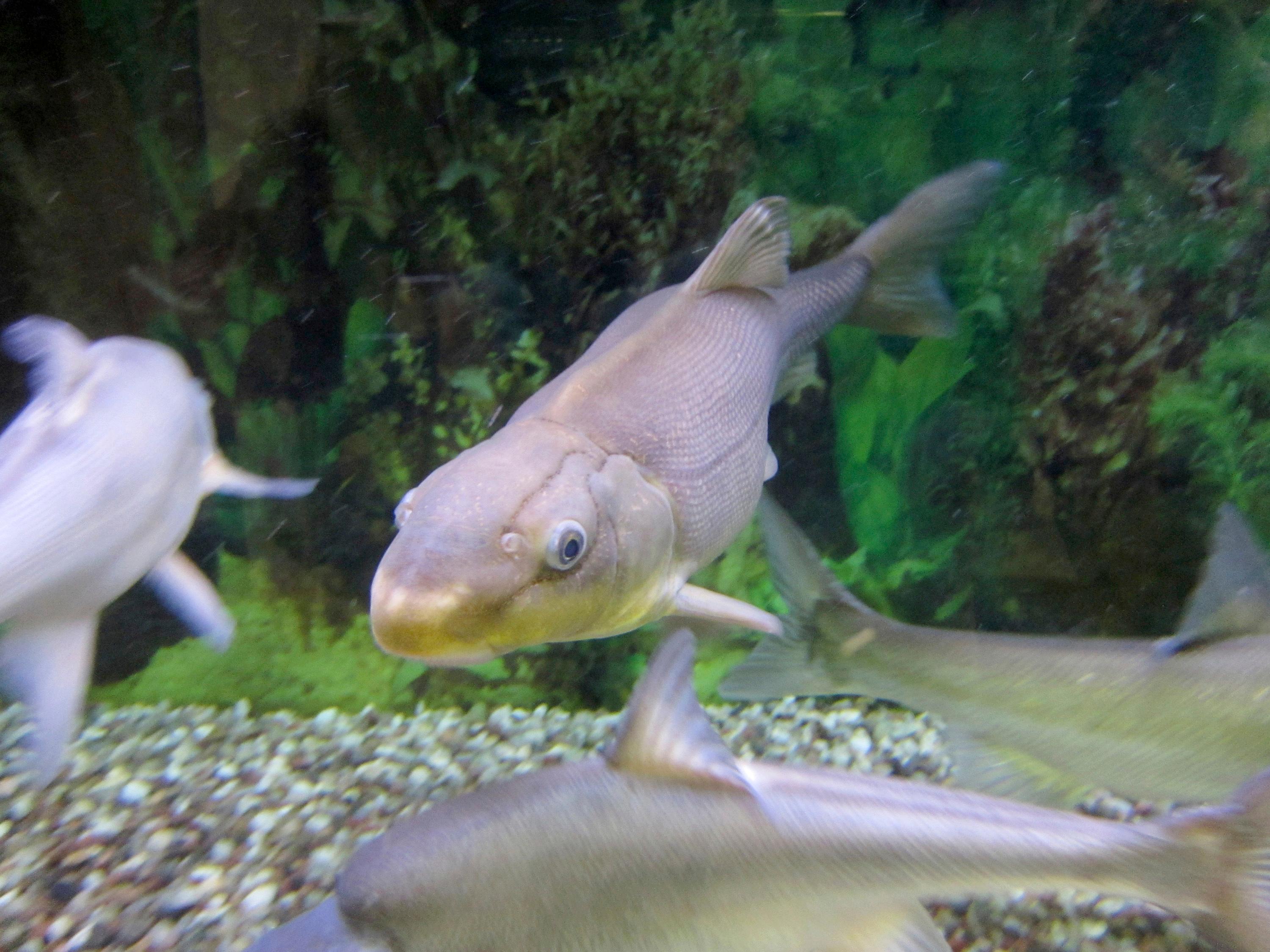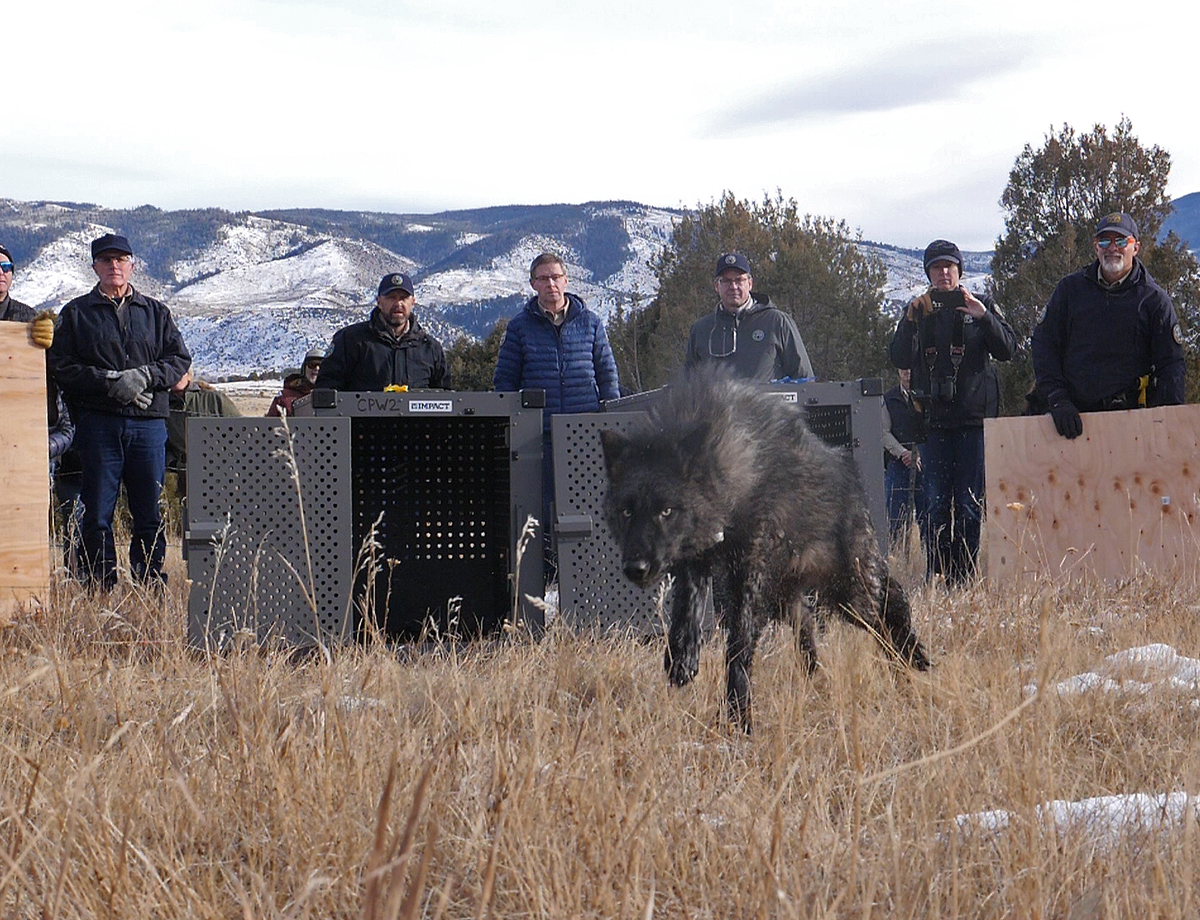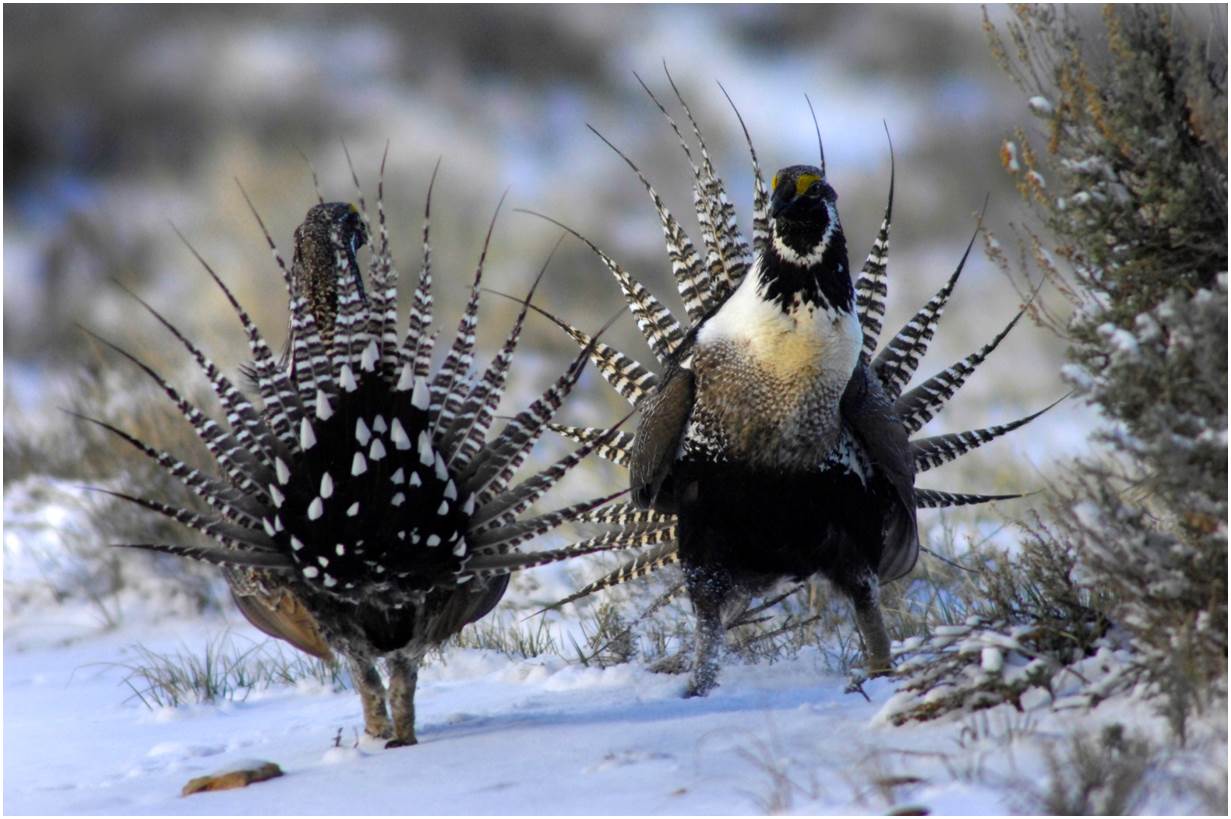

Biologists have captured more yearling razorback suckers this fall in the San Juan River than they have captured in one season in more than 20 years, the U.S. Fish and Wildlife Service announced.
The findings signify the fish are reproducing in northwest New Mexico after years of declining numbers, The Daily Times of Farmington reported.
The announcement comes about a year after the agency announced that another endangered fish, the Colorado pikeminnow, is showing signs of recovering in the San Juan River in New Mexico.
Biologist Nate Franssen said federal wildlife officials have been stocking razorback suckers and managing the river for many years hoping to see these signs of recovery.
“It was amazing to see these little fish in the river,” Franssen said.
The fish’s population was depleted as dams were installed in the Colorado River basin, water was withdrawn for various purposes and non-native fish were introduced.
In 1991, federal officials classified the razorback sucker as an endangered species.
In the fall, biologists caught and measured fish in the San Juan River to examine the populations. According to the Fish and Wildlife Service, 50 yearling razorback suckers were caught.
Biologists say that indicates thousands of razorback suckers could be in a 180-mile corridor. It’s also the second time in more than 20 years that the yearling fish were captured during the fall, the agency said, meaning the population is likely larger than it’s been in more than 20 years.
The San Juan River Basin Recovery Implementation Program has been focused on improving habitat for the endangered fish. This includes ensuring the San Juan River maintains a minimum flow level during the summer months and releasing water from Navajo Lake each spring to mimic the snowmelt from the Colorado mountains.
The Fish and Wildlife Service credits spring releases from Navajo Lake for the population growth. Over the last two spring seasons, the U.S. Bureau of Reclamation released more than 8,000 cubic feet per second from the reservoir to create fish habitat.









